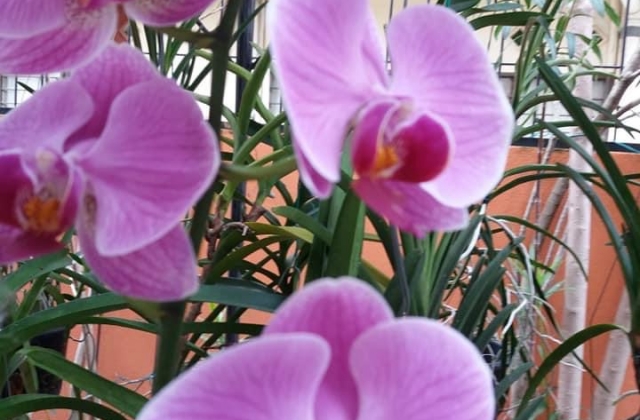Orchids Care For Beginners
Caring For Your Orchid Plants
Easiest variety of orchids to care for beginners is Phalaenopsis or Moth Orchids. They are easy to care and could be found almost everywhere. They can be grown indoor in a spot that has filtered and bright light such as windowsill facing east with centrally heated homes. Since orchids grow well in a humid environment, you can grow them in the bathrooms or even kitchens too. Orchids are long living plants that can grow well over 100 years if properly cared for.
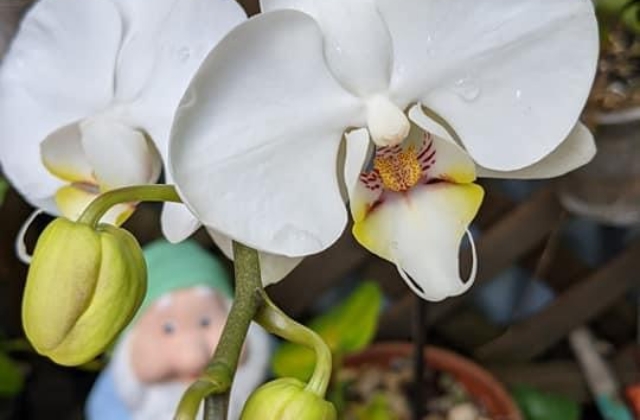
Watering The Orchids
Avoid watering too much water as it can cause root rot. The ideal way to water orchids is to pour the water through the root surface and let the water run through. Avoid trickling water from the top as you will eventually cause a water logged at the bottom with too much watered. Soil should be moist and not waterlogged.
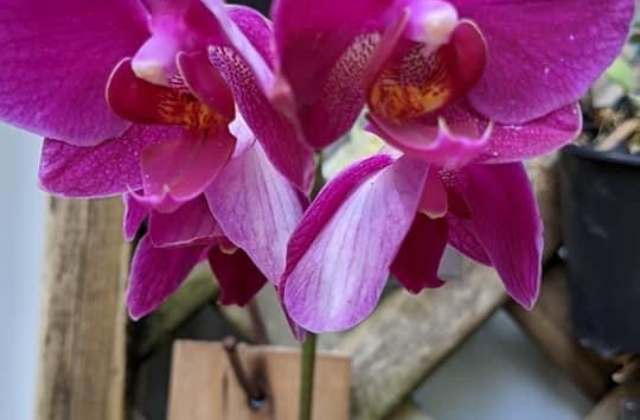
What To Do After Orchid Blooms Dropped?
Once the orchid flowers have drop, you can either leave the flower stem or spike alone, or remove it entirely by cutting it off. Cutting off the flower spike at the base of the orchid plant is the best choice after an orchid bloomed. To get the orchids to re-bloom, move them to a cooler location with temperatures between 50-65 degrees Fahrenheit avoid direct sunlight. Keep them in this state until new flowers spike can been seen. Pruning the orchid whenever needed is a good practice.
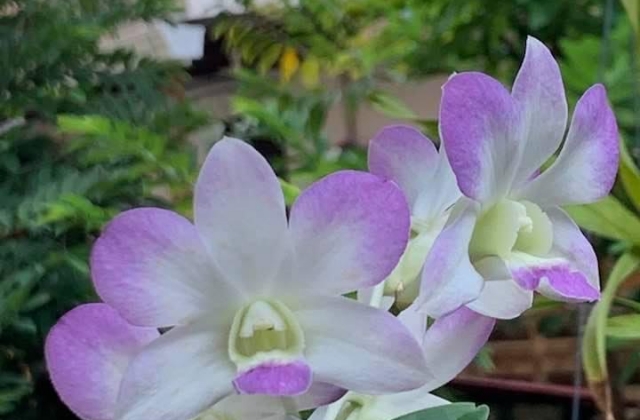
Do Orchids Prefer Shade Or Direct Sunlight?
Orchids need a minimum 6 hours of indirect sunlight each day to grow well. So grow them near windows facing west and east. As orchids are shade loving plants, never expose them to direct sunlight too much as the hot and fierce sunshine will kill them.
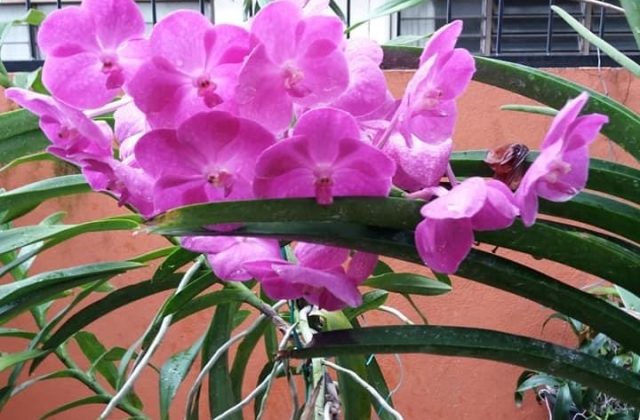
Fertilizers For Orchids
User orchid fertilizer and feed on a bi-weekly basis. Used coffee grounds are suitable as organic fertilizer for orchids. Ensure the growing medium is well drained. When orchid stops blooming, re-pot using fresh orchid mix.
